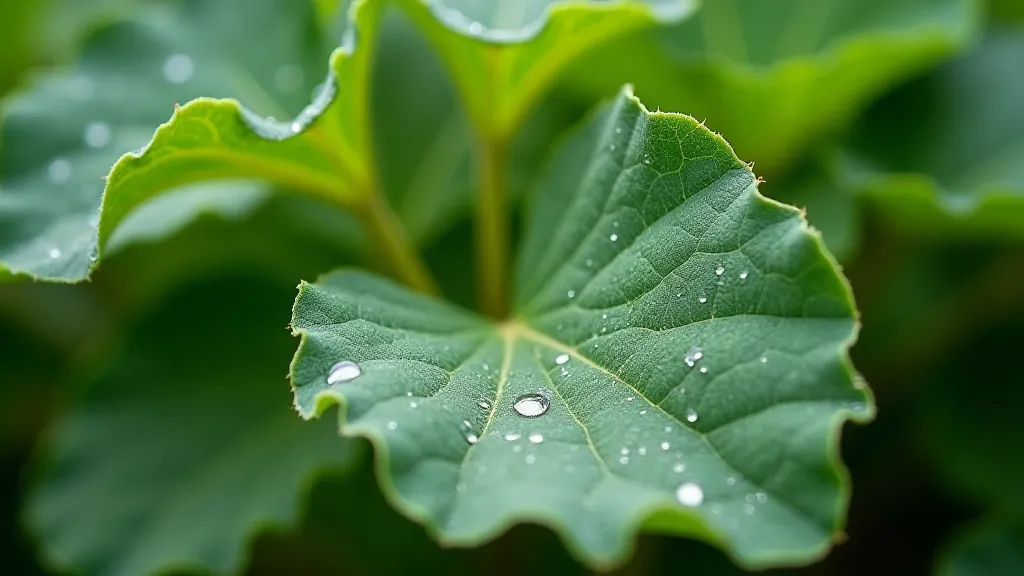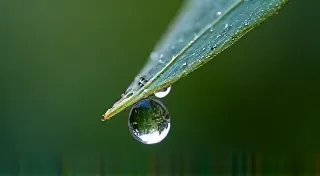The Silent Language of Leaves: Diagnosing Watermelon Health Through Foliage
There's a certain melancholy beauty in the echoes of the past, a quiet dignity in objects that have weathered time and circumstance. Think of an antique accordion, its bellows sighing a forgotten melody. The intricate workings, the meticulous craftsmanship of each key and reed – it’s a testament to human ingenuity and a poignant reminder of generations gone by. Just like that accordion, a watermelon plant communicates volumes, not through sound, but through the subtle language of its leaves. Learning to decipher these visual cues isn't just about successful gardening; it's about developing a deeper connection to the life unfolding before you, understanding the history etched into each vibrant green surface. And, just as restoring an accordion reveals the care and skill of its original maker, observing your watermelon plants teaches you to appreciate the fragility and resilience of nature.

The Foundation of Communication: Understanding Healthy Watermelon Leaves
Before you can diagnose problems, you need to know what “healthy” looks like. A truly thriving watermelon leaf is a study in perfection: a deep, consistent green hue, thick and sturdy, with prominent veins radiating outward like a tiny, natural roadmap. The surface should be smooth, free of spots, lesions, or unusual discoloration. Look for a slight upward curve – a sign of vigorous growth. These leaves are the powerhouses of the plant, conducting photosynthesis to fuel the development of those massive, juicy fruits. Think of the maker of that accordion, painstakingly shaping each piece – your watermelon plant is performing a similar act of creation, albeit through the quiet processes of nature. Ensuring your plants have adequate light is also key, as you're likely familiar with through guides on The Sun's Embrace: Optimizing Light Exposure for Watermelon Flourishing. The right amount of sunlight is critical for strong, healthy leaves, setting the stage for all subsequent growth stages.
Yellowing Leaves: More Than Just Overwatering
Yellowing leaves, or chlorosis, are perhaps the most common complaint among watermelon growers. However, attributing it solely to overwatering is a simplification. While excessive moisture can certainly contribute, other factors are often at play. Nitrogen deficiency is a prime suspect; older leaves will typically yellow first, a clear sign your plant isn't receiving adequate nitrogen. Magnesium deficiency presents similarly, but you might notice the veins remain greener than the leaf tissue itself. Iron deficiency follows a comparable pattern. The restoration of an antique accordion often involves identifying and correcting hidden flaws—it’s the same principle with your watermelon plants; look beyond the obvious. To keep leaves vibrant, maintaining proper hydration is key—consider studying The Aqueous Dance: Irrigation Strategies for Watermelon Perfection, which can offer invaluable insights into precisely that.
A subtle shift in leaf color can indicate a nutrient imbalance. Just as a slightly warped key on an accordion can throw off the entire harmony, a minor deficiency can disrupt the plant's ability to function optimally. Take the time to examine your plants closely, paying attention to the nuances of color and texture. Consider the soil pH; an improper pH can lock out certain nutrients, even if they're present in the soil. A soil test is invaluable in these cases, acting as a diagnostic tool to pinpoint any imbalances. Optimizing growing conditions goes beyond just pH—thinking about beneficial companion plants can offer further advantages.
Curling and Distortion: A Sign of Stress
Curled or distorted leaves are rarely a good sign. They often point to environmental stress or pest infestations. Upward curling can be a response to heat stress – the plant attempting to reduce water loss through transpiration. However, downward curling can signal a more serious issue, such as herbicide damage or thrips infestation. Thrips are tiny, almost microscopic pests that feed on plant tissues, causing leaves to curl and distort. They’re like the invisible damage that accumulates on an accordion over decades of use, slowly eroding its beauty and functionality.
The key here is observation. Are the curls uniform across the entire plant, or are they localized? Are there any other symptoms present, such as discoloration or spotting? A magnifying glass can be invaluable in detecting early signs of pest activity. Just as a skilled accordion restorer uses precision tools to repair intricate mechanisms, you need to be observant and detail-oriented to accurately diagnose and address the issues affecting your watermelon plants. Companion planting can also play a role in deterring pests and maintaining overall plant health - explore Watermelon's Rhapsody: Companion Planting for a Thriving Patch for more information on creating a harmonious garden ecosystem.

Spots and Lesions: Identifying Fungal and Bacterial Diseases
Spots and lesions on watermelon leaves are frequently caused by fungal or bacterial diseases. Early blight, anthracnose, and powdery mildew are common culprits. Early blight typically presents as brown or black spots with yellow halos. Anthracnose causes sunken lesions that can quickly spread. Powdery mildew manifests as a white, powdery coating on the leaf surface. Each of these diseases represents a different challenge, demanding a different approach to remedy the problem. Think about the various types of wood, leather, and metal used in an accordion's construction; each material requires specific care and attention.
Prevention is always the best approach. Ensure proper air circulation, avoid overhead watering, and select disease-resistant varieties. A good fungicide can be helpful in controlling outbreaks, but it’s crucial to follow the instructions carefully and apply it preventatively rather than reactively. Just as a meticulous accordion craftsman takes preventative measures to protect their creation, you need to safeguard your watermelon plants from disease. Choosing seeds from resilient stock is another important consideration – research into Resilience in the Seed: Breeding Heirloom Watermelons for Future Generations can offer valuable information on selecting seeds suited to withstand environmental pressures and disease.

Leaf Drop: A Signal of Underlying Problems
Premature leaf drop, especially of older leaves, can be a frustrating sight. It can be caused by a variety of factors, including nutrient deficiencies, water stress, disease, and pest infestations. It's a final, desperate signal from the plant, a cry for help that requires careful attention. Think of the moment when an accordion's bellows finally give out – a symbol of its long and arduous journey through time. Understanding the root cause of leaf drop is essential to prevent further decline.
In severe cases, leaf drop can indicate a systemic problem that requires more than just a quick fix. It might be a sign of a deeper soil issue or a more serious disease that requires professional intervention. Remember, careful observation and timely action can often prevent a minor problem from escalating into a full-blown crisis. Soil health is inextricably linked to overall plant health and it's vital to nourish your watermelon plants with the necessary balance of nutrients and minerals.
The Rewards of Attentive Observation
Learning to read the silent language of watermelon leaves is a journey of discovery, a process of deepening your connection with the natural world. It’s an act of respect for the plant, a recognition of the history and craftsmanship embedded within its very structure. Just as restoring an antique accordion reveals the dedication and skill of the original maker, observing your watermelon plants reveals the intricate workings of nature, the delicate balance between life and decay. And the reward? A bountiful harvest of sweet, juicy watermelons, a testament to your attentive care and unwavering dedication. By carefully observing your plants and responding to their signals, you can cultivate a thriving patch that will provide delicious fruit for years to come.





